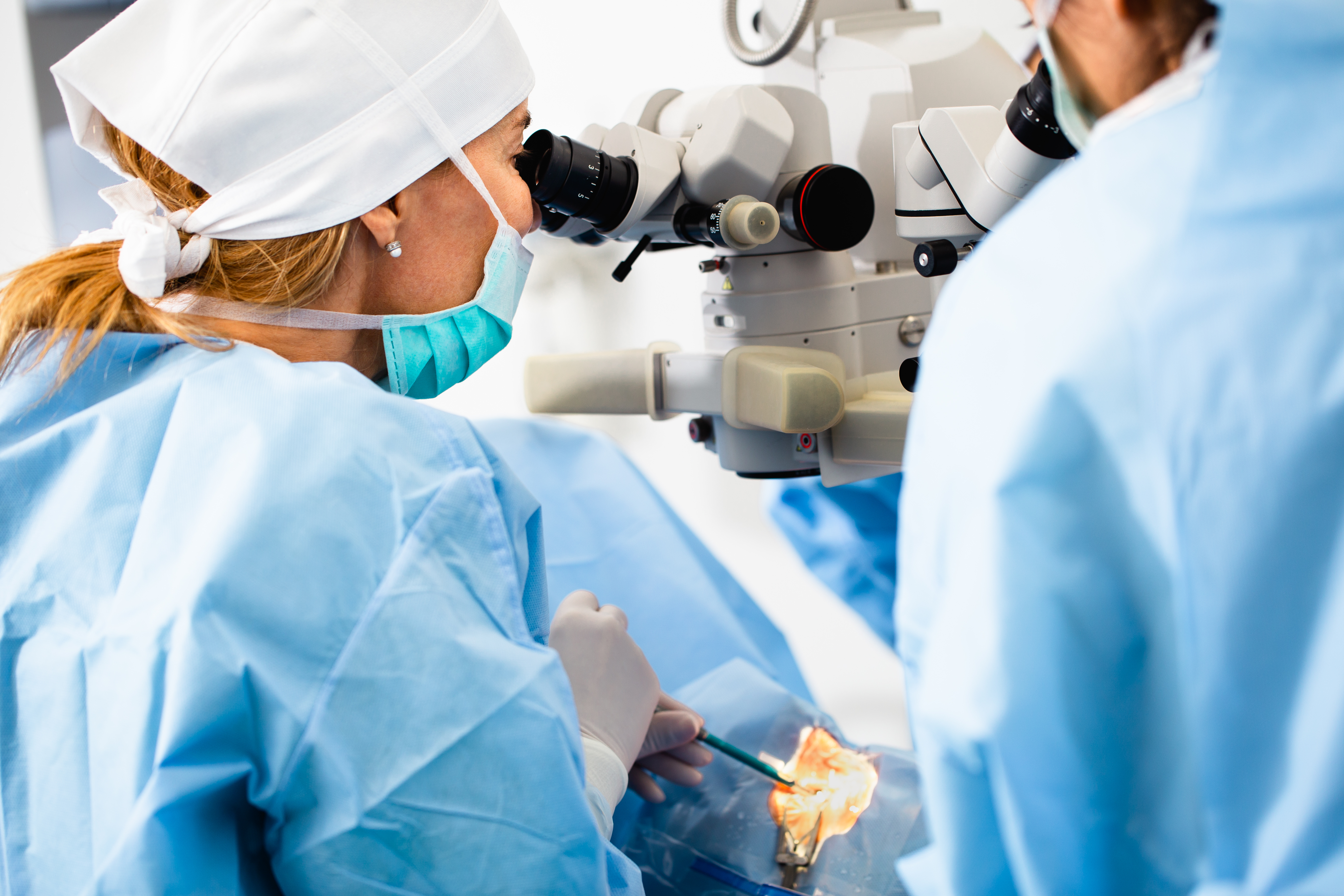Restoring Clarity
Are you having trouble with your vision post cataract surgery? Do you feel like you are wearing a pair of smudged glasses again? You probably had cataract surgery to correct cloudy vision, right?
When you have cataract surgery, your natural lens is replaced with an artificial one called an intraocular lens. For some people, the intraocular lens can become cloudy months or years after healing. This may feel like the cataract has returned, but it is actually a common complication.
Luckily, this problem can be easily corrected in an outpatient procedure where your surgeon will clear your vision using a YAG laser to make a small hole (about the size of your pupil) in the posterior lens capsule eliminating the cloudiness.
Once this procedure, called a YAG Laser Capsulotomy, is done, the cloudiness will not come back.
There is typically no pain after the procedure, though some people may see floaters afterwards for some time. It is a good idea to have someone drive you home after the procedure as your eyes will be dilated.
Some people do not experience a clouding of vision after cataract surgery. The YAG laser is not used pre-emptively because it could potentially interfere with the positioning of your implanted lens if used during cataract surgery.
YAG lasers have a long history of use in the medical field. It was introduced in 1964 at the renowned Bell Laboratories. Bell Laboratories is known for its excellence in research — nine Nobel Prizes have been awarded for work completed there.
YAG lasers are also very versatile. They are used in dentistry, cancer treatment, hair removal, spider vein removal, manufacturing, military rangefinders, and may even replace spark plugs in cars someday.
Each of our doctors specialize in these cataract procedures. We can help you decide if a YAG Laser Capsulotomy is right for you. Are you thinking about having cataract surgery? Take our short quiz to find out if it is right for you.





